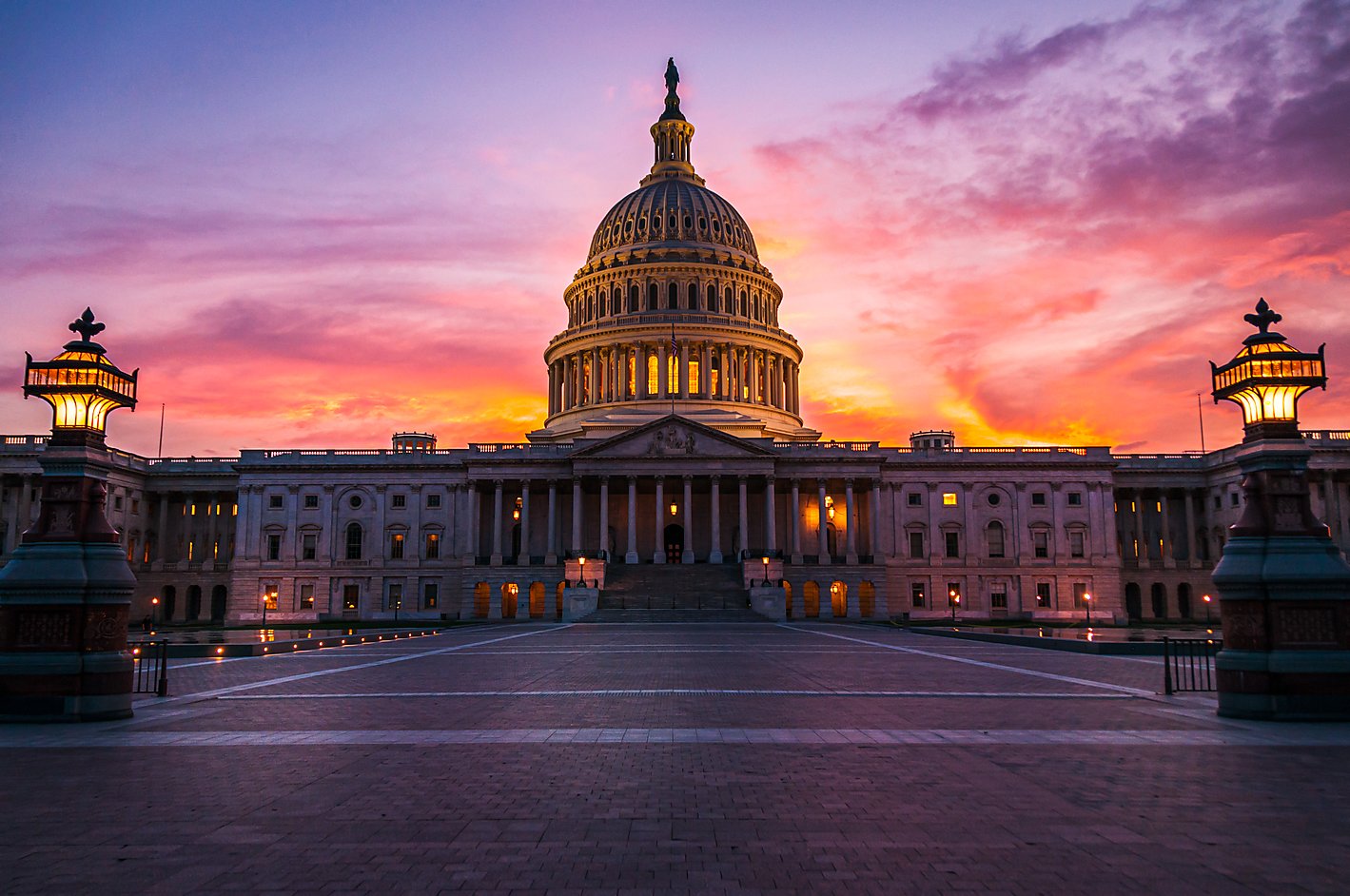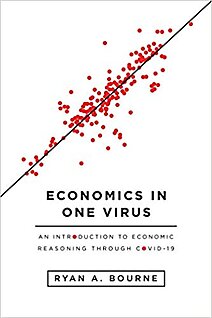The United States appears to be close to the end of the acute phase of the COVID-19 pandemic. Soon, retrospectives on this period will be written, reevaluating the country’s pre‐COVID‐19 pandemic readiness, the policy choices made after COVID-19 hit, and the regulatory environment around medical innovation. Already, Senators Susan Collins (R‑ME) and Robert Menendez (D‑NJ) have produced legislation calling for an independent “National Coronavirus Commission” to “investigate, identify lessons learned, and craft recommendations to improve U.S. pandemic readiness.”
In my book, Economics in One Virus, I urge that such inquiries move beyond simple delineations of “what went wrong” to instead ask “why?”: What underlying frameworks of thinking or processes drove errors that resulted in deaths or unnecessary hardship? As outlined in a previous Pandemics and Policy essay, faulty economic reasoning appears to have led in turn to avoidable policy errors that worsened the pandemic’s costs in terms of lost lives, truncated liberties, and economic destruction. These more fundamental errors of thinking risk getting lost if we focus too much on granular issues like shortages of specific medicines or vaccine inputs, which might not matter for future threats or different pathogens.




